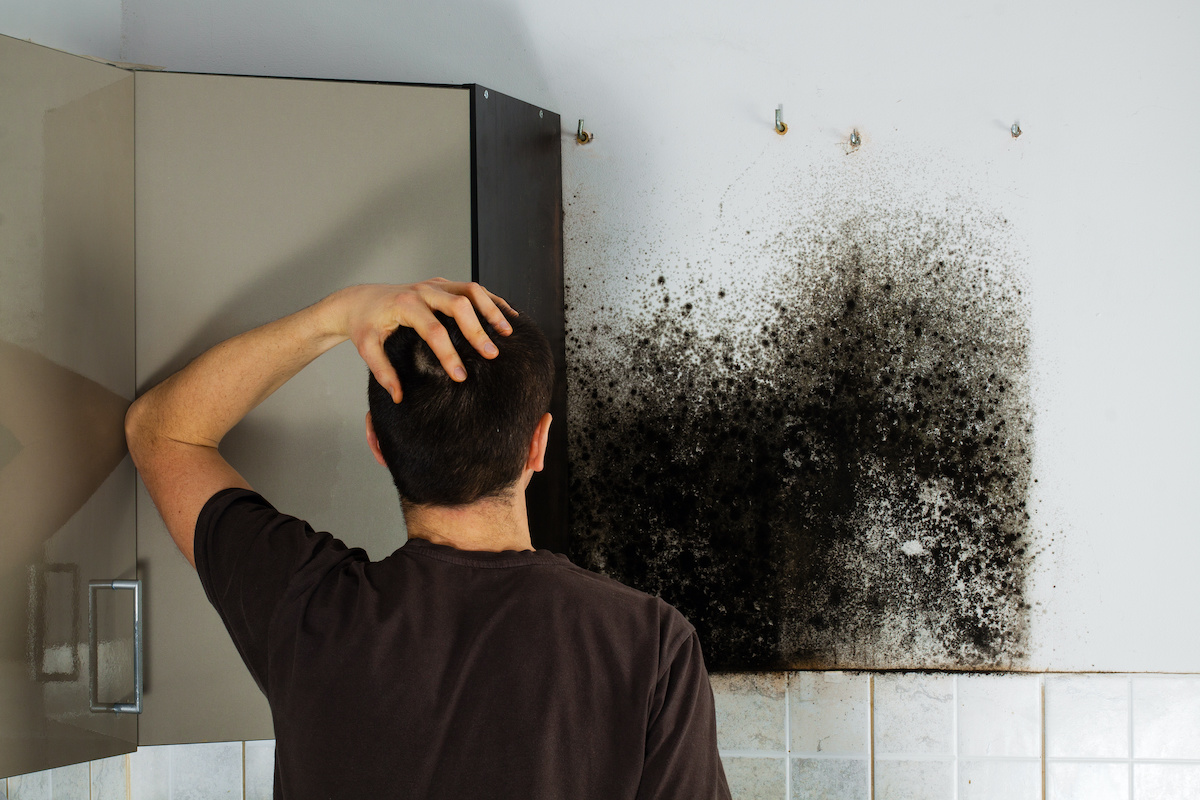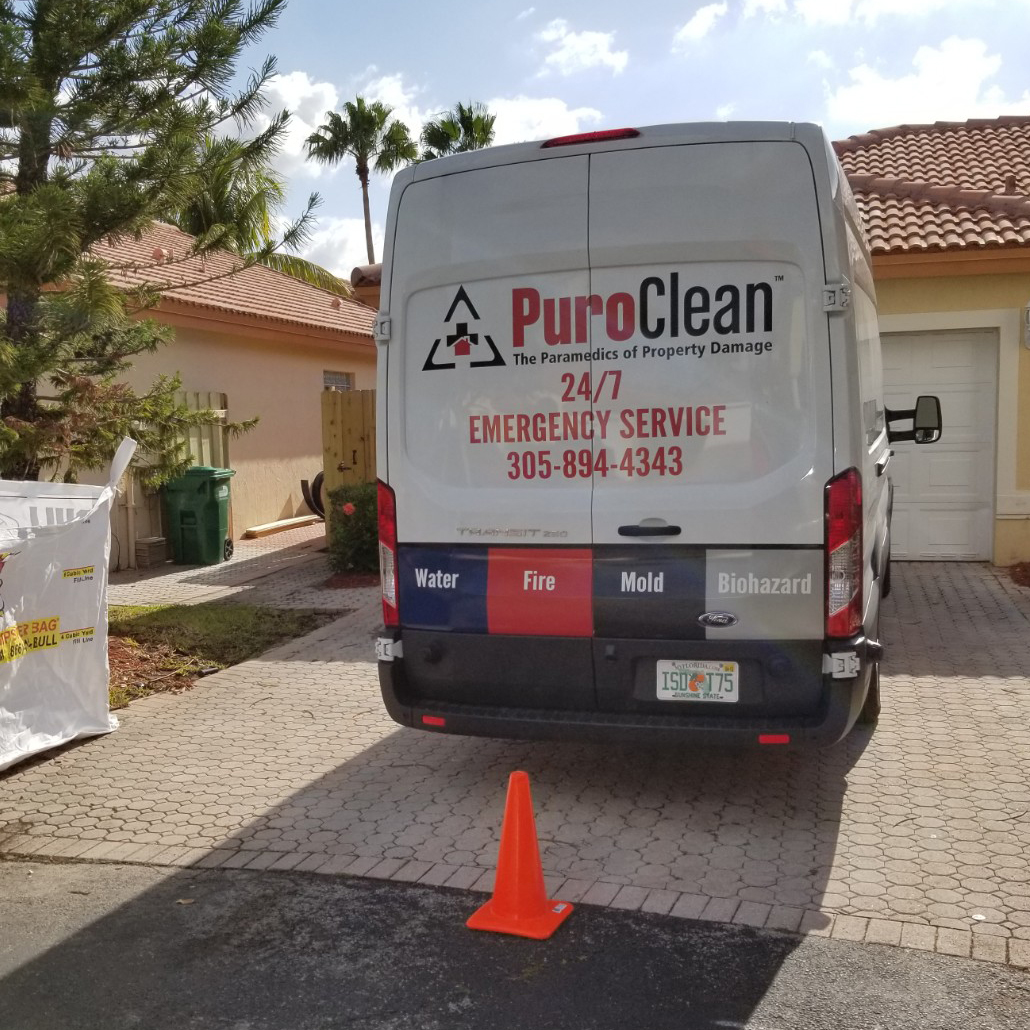Table of Contents

Mold is more than just an unpleasant sight—it’s a potential health hazard and a sign of deeper moisture issues in your home. Mold growth in homes can damage structures, affect indoor air quality, and pose risks to your family’s health. Understanding how mold forms, spreads, and the best ways to prevent it can save you from costly repairs and health problems. In this guide, we’ll break down everything you need to know about mold and how to keep your home mold-free.
What Causes Mold Growth in Homes?
Mold thrives in damp, humid environments. The primary factors that contribute to mold growth in homes include:
- Excess Moisture: Leaky pipes, roof damage, or poor ventilation can create the perfect breeding ground for mold.
- High Humidity Levels: Homes in humid climates or those without proper airflow are at greater risk.
- Poor Ventilation: Kitchens, bathrooms, and basements with insufficient ventilation trap moisture, leading to mold growth.
- Flooding and Water Damage: Mold can start growing within 24–48 hours after water damage if not properly dried.
- Condensation Issues: Windows, walls, and air ducts that collect condensation can encourage mold formation.
Signs of Mold Growth in Homes
Recognizing mold early can prevent further damage. Look out for these common signs:
- Visible Mold Spots: Black, green, or white patches on walls, ceilings, or floors.
- Musty Odor: A persistent, earthy smell, especially in damp areas.
- Water Stains: Discoloration on walls or ceilings can indicate hidden mold.
- Health Symptoms: Unexplained allergies, coughing, or respiratory issues could be linked to mold exposure.
- Warped Walls or Flooring: Mold can cause materials to weaken and deteriorate.
Dangers of Mold Growth in Homes
Ignoring mold growth in homes can lead to serious problems, including:
Health Risks
Mold exposure can cause respiratory issues, allergic reactions, and worsen conditions like asthma. Long-term exposure may even lead to chronic illnesses.
Structural Damage
Mold feeds on organic materials like wood, drywall, and insulation, weakening your home’s foundation over time.
Decreased Property Value
A home with mold problems is harder to sell and can lower property value significantly.
How to Prevent Mold Growth in Homes
Keeping mold out of your home requires proactive measures. Follow these tips:
- Control Humidity: Keep indoor humidity levels below 50% using a dehumidifier.
- Fix Leaks Immediately: Regularly check for leaks in pipes, roofs, and walls.
- Improve Ventilation: Use exhaust fans in kitchens, bathrooms, and basements.
- Dry Wet Areas Quickly: Clean up spills and dry damp carpets or furniture within 24–48 hours.
- Use Mold-Resistant Materials: When renovating, opt for mold-resistant drywall, paints, and insulation.
- Regular Inspections: Schedule professional mold assessments, especially if you’ve had past issues.
DIY vs. Professional Mold Remediation
While some small mold problems can be handled with DIY methods, extensive mold growth requires expert intervention. Here’s how they compare:
DIY Mold Removal
- Works for small, surface-level mold problems.
- Requires safety gear (gloves, masks, goggles).
- Uses household solutions like vinegar or hydrogen peroxide.
- May not completely remove hidden mold.
Professional Mold Remediation
- Essential for large, recurring, or toxic mold infestations.
- Uses advanced techniques like HEPA filtration and antimicrobial treatments.
- Ensures complete mold removal and prevents regrowth.
- Addresses the root cause, such as hidden moisture problems.
FAQs About Mold Growth in Homes
1. Can mold grow in air ducts?
Yes, mold can thrive in HVAC systems if moisture accumulates. Regular duct cleaning and moisture control help prevent this.
2. Does bleach kill mold permanently?
No, bleach may remove surface mold, but it doesn’t eliminate spores deep within porous materials. Professional remediation is best.
3. How fast does mold grow after water damage?
Mold can start developing within 24–48 hours if moisture isn’t removed.
4. Can I stay in my home during mold remediation?
For minor cases, yes. However, severe infestations may require temporary relocation due to airborne spores and chemicals used in treatment.
5. Does homeowners insurance cover mold removal?
It depends. Many policies cover mold if it results from a covered water damage event but not from neglect or long-term issues.
Get Professional Mold Remediation in PuroClean of Coral Gables, Call (305) 894-4343
If you’re dealing with mold growth in homes, don’t wait until it becomes a bigger problem. At PuroClean of Coral Gables, we specialize in professional mold removal, moisture control, and air quality restoration. Our certified experts use advanced techniques to eliminate mold at its source and prevent it from coming back.
Why Choose Us for Mold Remediation in Coral Gables?
- Fast and Reliable Mold Removal Services
- 24/7 Emergency Response
- Advanced HEPA Filtration and Safe Cleaning Techniques
- Licensed, Insured, and IICRC-Certified Professionals

Protect your home and health today! Contact us on (305) 894-4343 for mold inspection and remediation.


 PuroClean of Coral Gables
PuroClean of Coral Gables